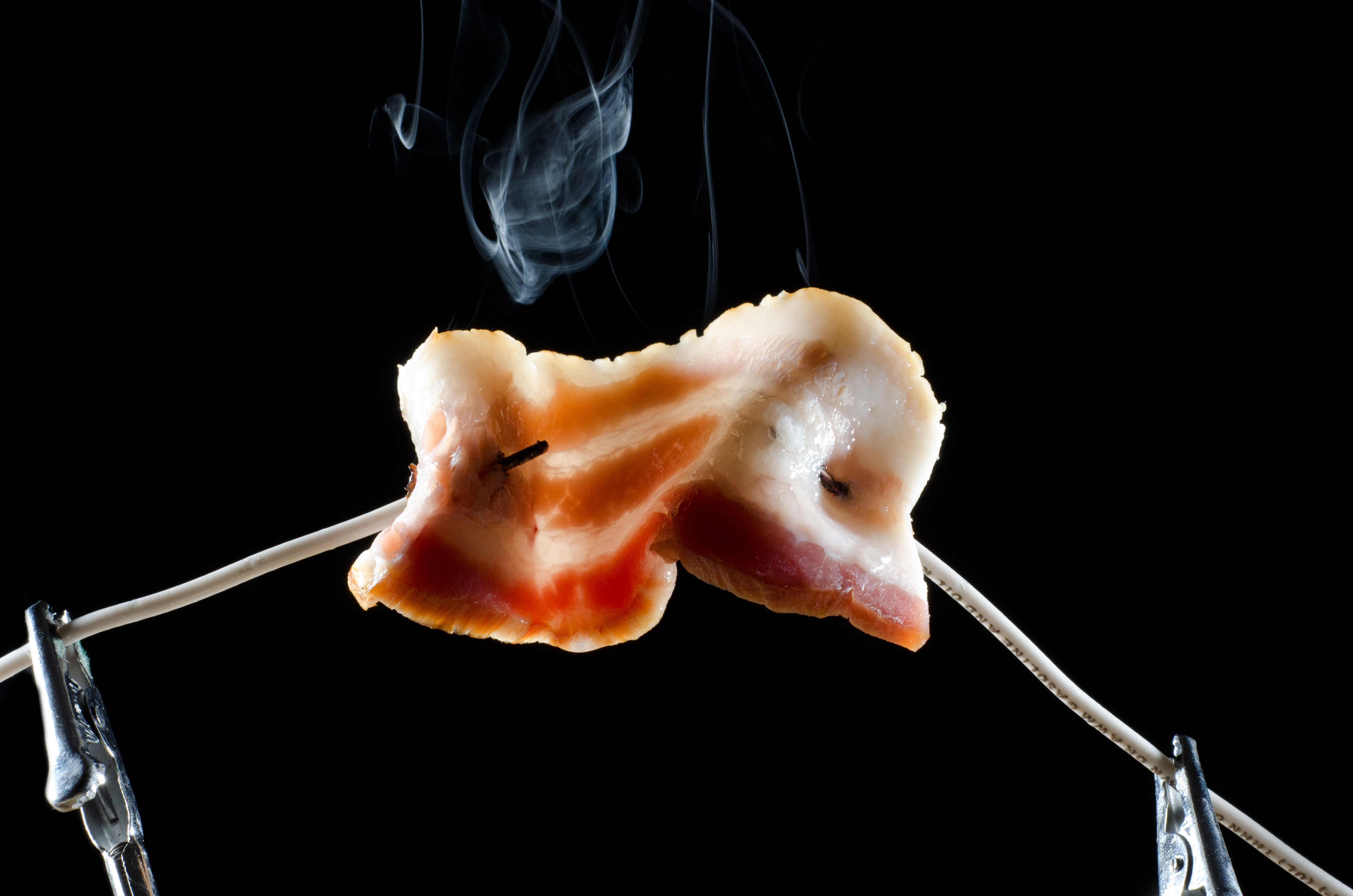Sous-Vide Chile Verde Halibut with Guava Glaze
I’m using a chile verde salt from SaltWorks, a gourmet salt company based in Woodinville, Washington. I’ve recently been in a major salt bender and SaltWorks and Secret Stash Sea Salts have been my pushers. You’ll see more on that next week. Flavored salts like these are an excellent way to add flavor without adding additional work.
